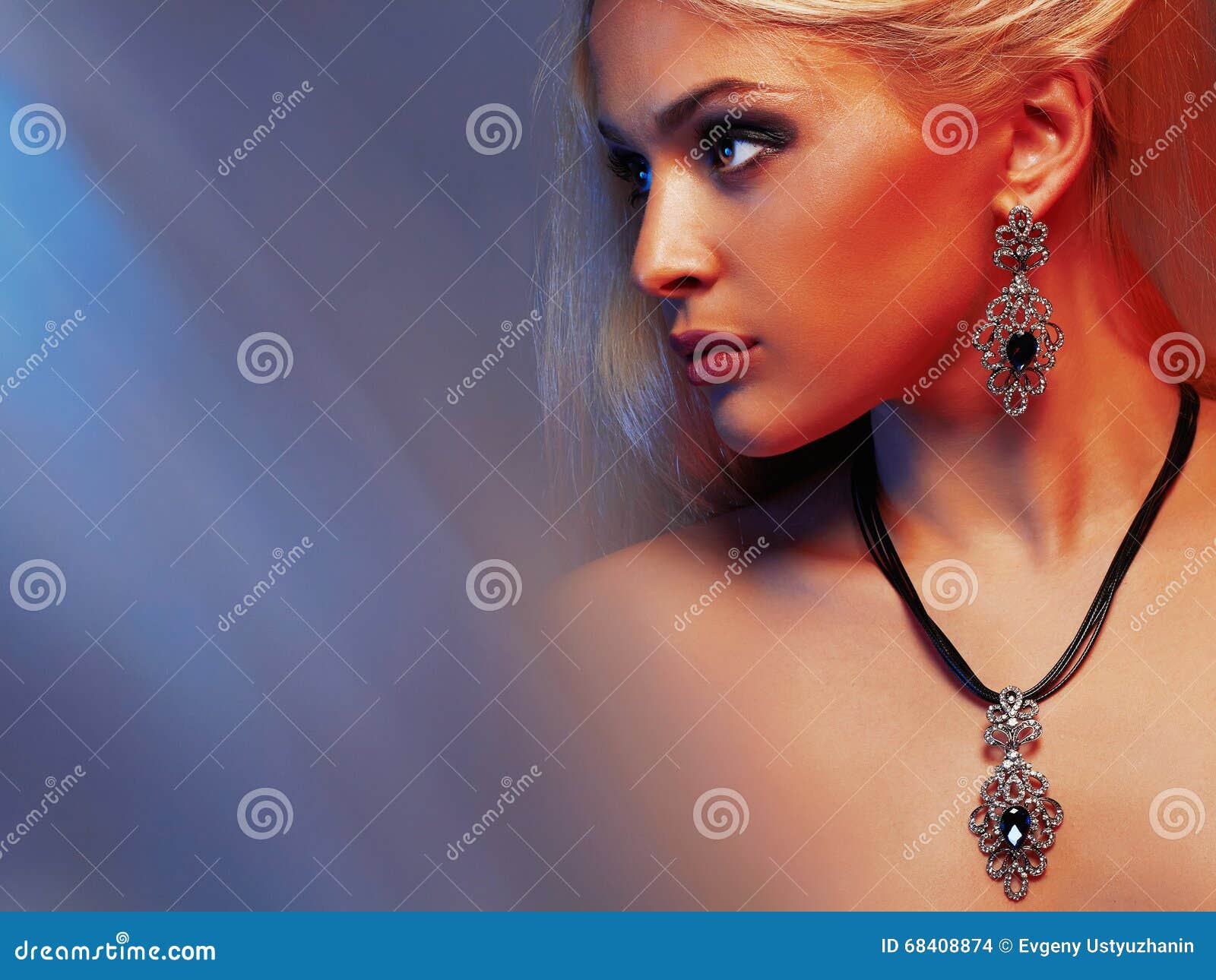
John Freake) and Baby Mary by an Unknown Artist, 1674, Worcester Art Museum John Freake) and Baby Mary (1674) Elizabeth Clarke Freake (Mrs. Take a look at some of the famous dresses inspired by artwork.Įlizabeth Clarke Freake (Mrs. These trends were seen not only in art but also in fashion through intricate ornamentation and lavish gowns. The Baroque and Rococo periods can be characterized by elaborate decoration, decadence and playfulness. Without looking at the painting with a modern lens one can see this as a record of what women wore and what was important for people to reveal to others.

The image on the left depicts a wedding and it is comparable to the Arnolfini portrait as both women project the image of motherhood in expectation of pregnancy. In both images, females are depicted with rounder bellies. Another example of this is the Limbourg brothers’ Les Très Riches Heures du Duc de Berry. The added voluptuous folds of her gown also reveal a trend in depicting women with curvier midsections as it showed the hope of conceiving children during marriage. (left) with Les Très Riches Heures du Duc de Berry The Garden of Eden by The Limbourg Brothers, 1411-16, in Musée Condé, Chantilly, via The Web Gallery of Art, Washington D.C. Les Très Riches Heures du Duc de Berry April by The Limbourg Brothers, 1412-16, in Musée Condé, Chantilly, via The Web Gallery of Art, Washington D.C. Please check your inbox to activate your subscription Thank you!
#Beautiful woman fashion art photo full
Renaissance skirts were so full and heavy that women would lift their skirts up so that it would be easier to move. One of the most debated questions surrounding the painting is whether or not the woman pictured (presumably Arnolfini’s wife) is pregnant. It also displays her husband’s wealth as it shows that he could afford to buy many yards of fabric to create her gown. Wool, silk, velvet, and fur were rare and more expensive to produce, compared to cotton or linen, and were a status symbol of how much one could afford to buy. The jewel-toned emerald green of her wool garment and ermine lined sleeves showcases the families’ status, as only wealthy clients could afford the fabrics pictured above. Van Eyck’s technique leaves nothing to the imagination as his approach to painting fabric creates a realistic and three-dimensional experience. Jan Van Eyck ’s Arnolfini Wedding Portrait is a staple in the study of fabric in portraiture. The Arnolfini Portrait (1434) by Jan Van Eyck The Arnolfini Portrait by Jan Van Eyck, 1434, via The National Gallery, London

However, this period also saw significant changes in fashion take a look at how famous dresses in paintings influenced fashion during the Renaissance. The Renaissance was a time of cultural and artistic reinvigoration, as classicism made a revolutionary comeback in European societies.

Renaissance Paintings With Famous Dresses


 0 kommentar(er)
0 kommentar(er)
